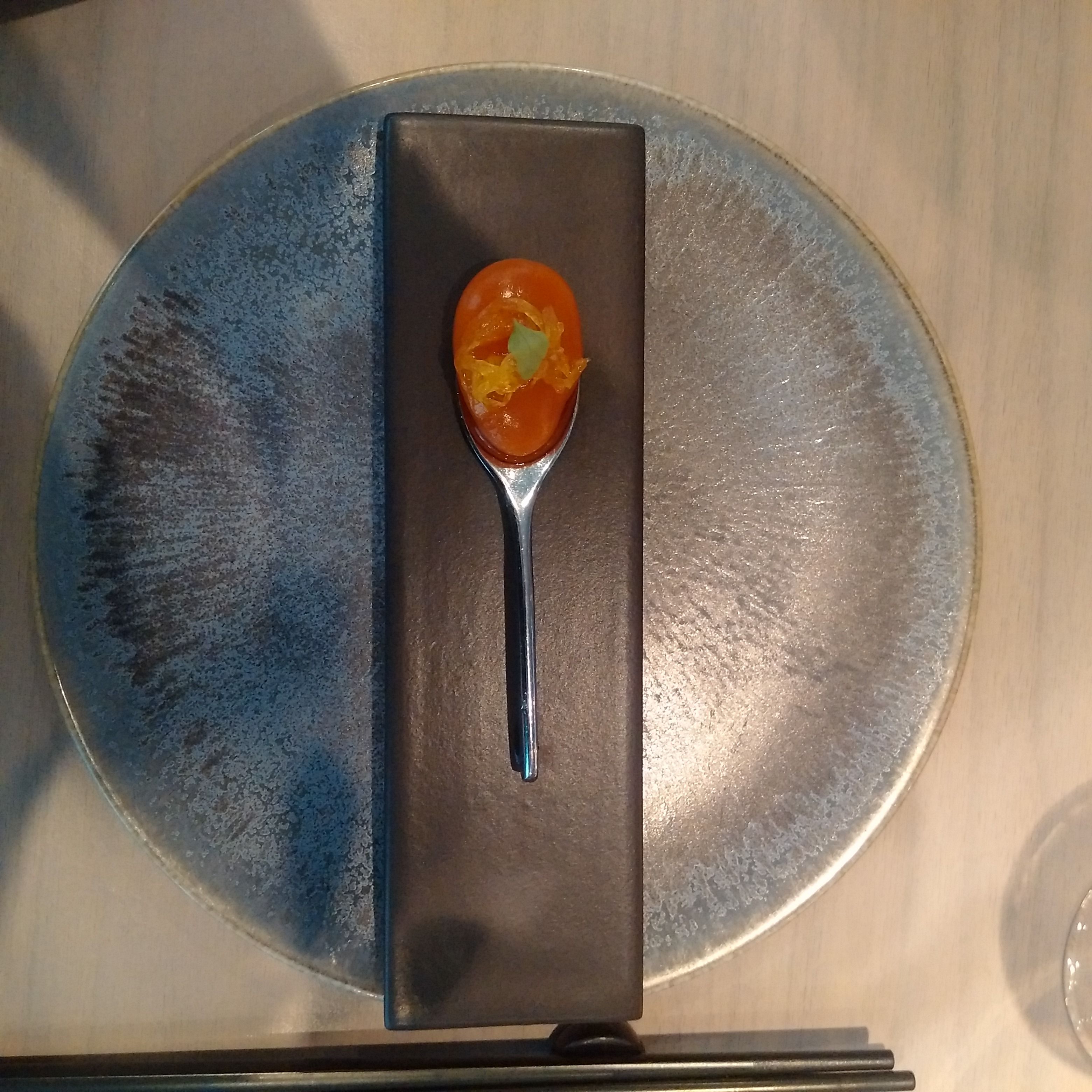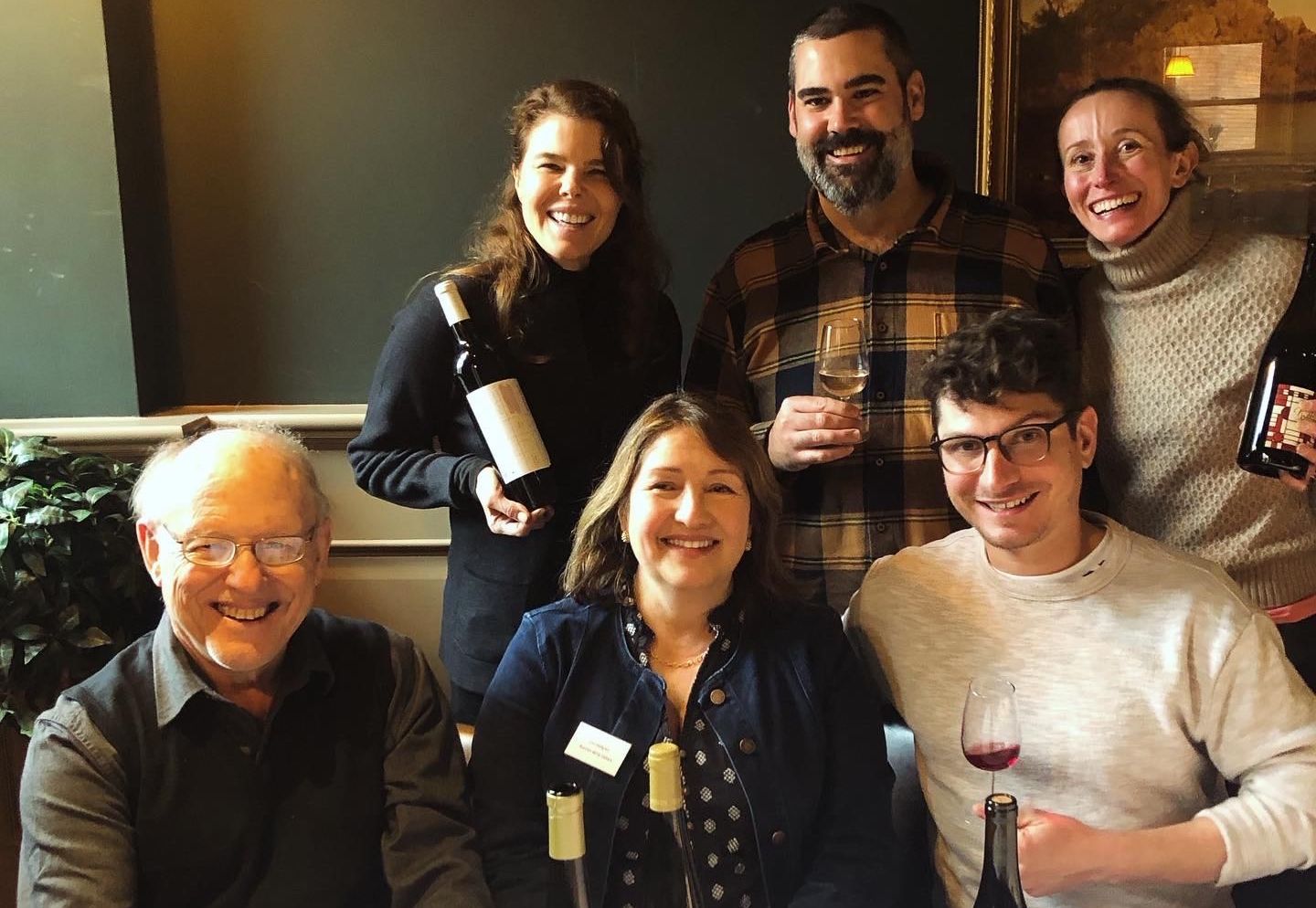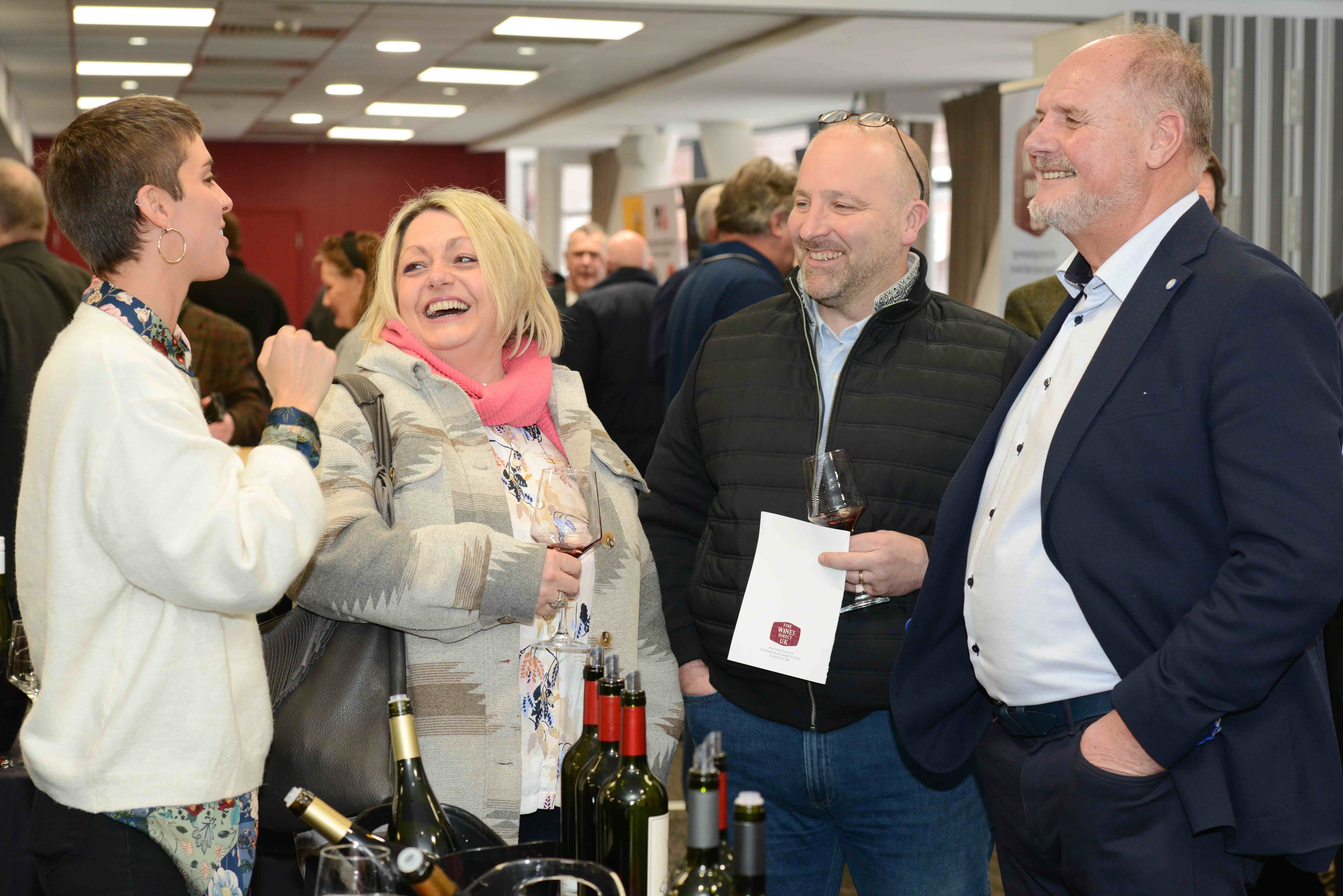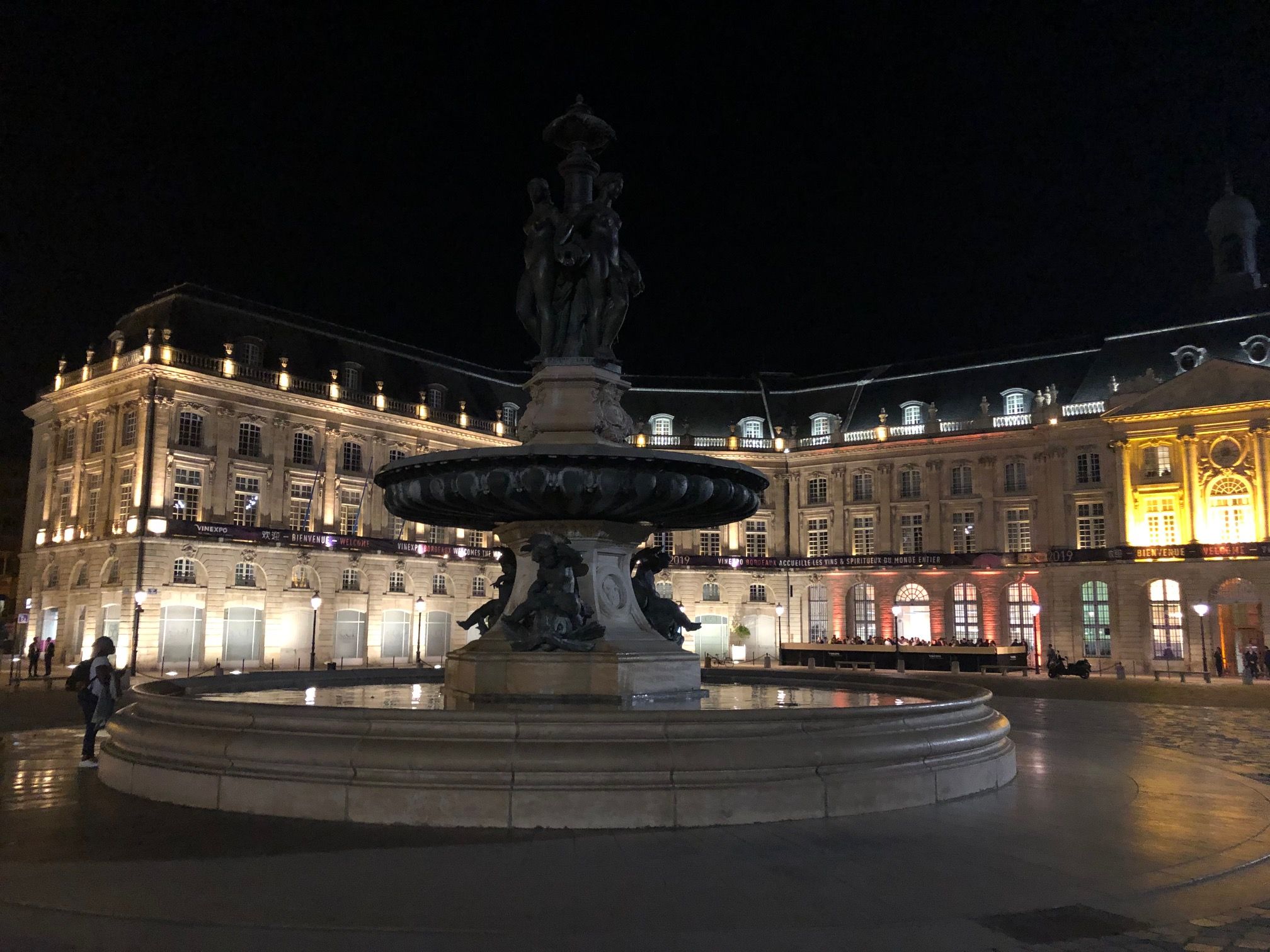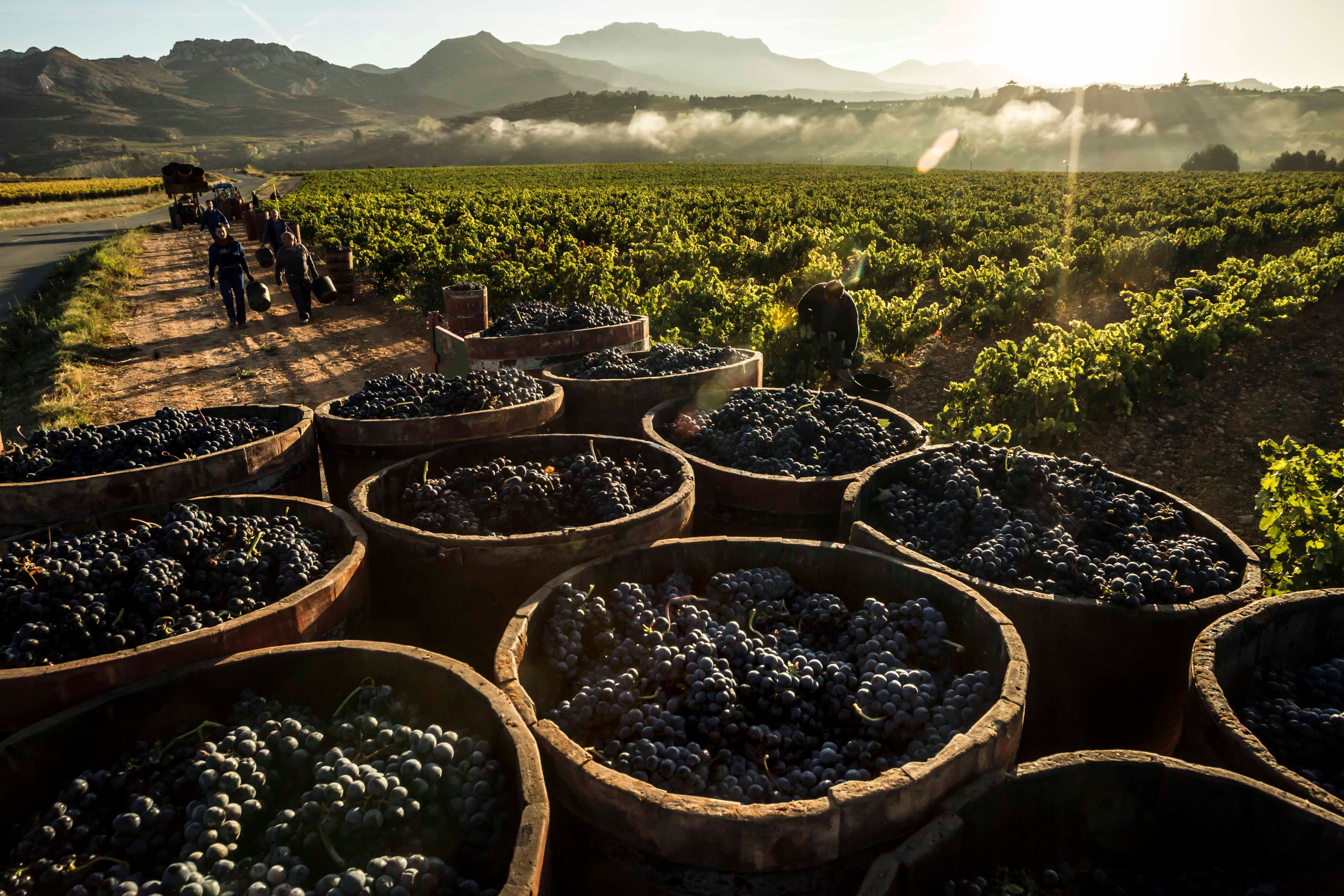The six wines from Leithaberg that worked particularly well at the tasting are picked out by Anne Krebiehl MW, including a standout wine that is still seeking representation in the UK
What does Leithaberg mean to you?
A recent wine tasting and food-matching lunch at Hakkasan with Leithaberg wines caused quite a stir.
For those lucky to attend the region now stands for ‘freshness, elegance and a sense of place’.
Where is Leithaberg and what makes it distinct?
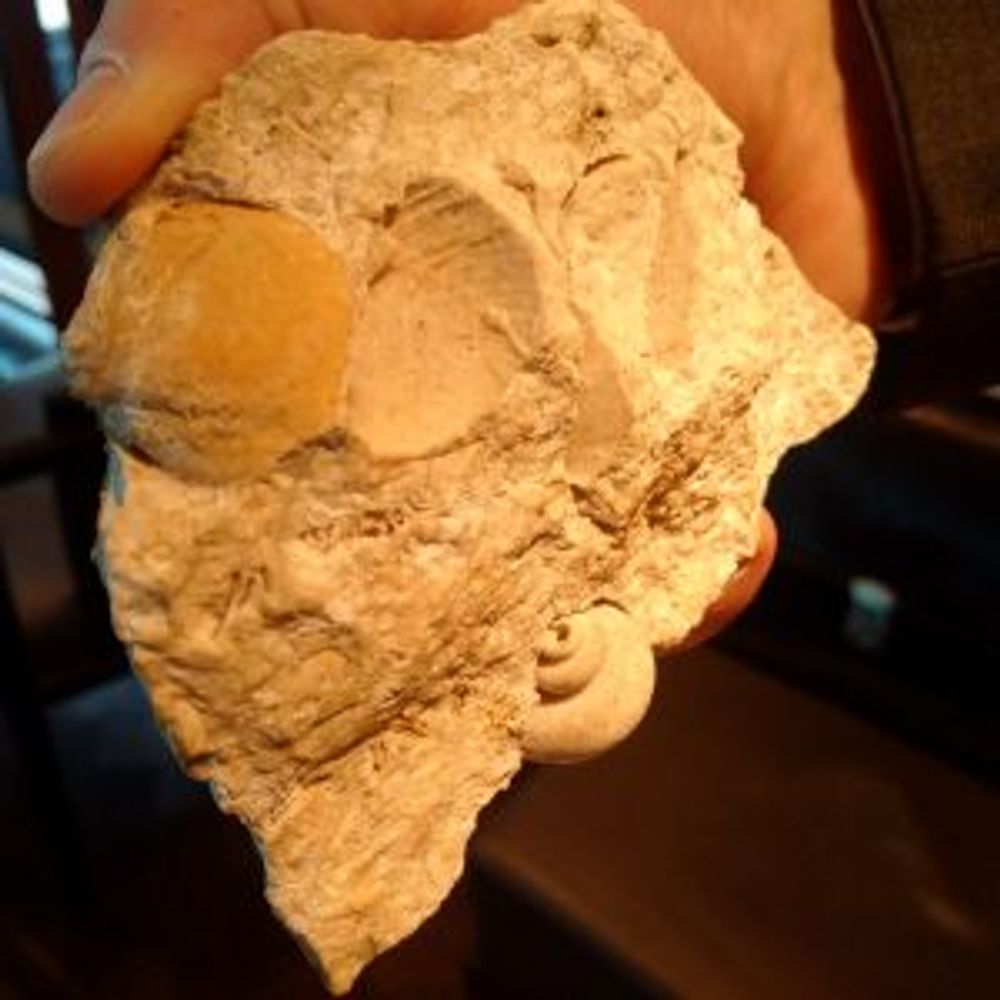
Leithaberg DAC is an Austrian regional appellation based in Burgenland in eastern Austria.
What makes Leithaberg so distinct are its soils and its deeply continental climate.
That means a unique mix of chalky limestone and pure slate, as well as very marked seasons with the crucial distinctions of cold nights despite warm summer days and mild, extended autumns. This gives the wines lots of flavour combined with natural acidity and slender elegance.
What are Leithaberg DAC grape varieties?
The regulations govern that white wines are made from Weissburgunder (aka Pinot Blanc), Chardonnay, Neuburger or Gruner Veltliner or a blend of these.
Reds are based on Blaufränkisch, a scintillating, peppery grape variety, also known as Kekfrankos and Lemberger.
Which wines did the winemakers choose to match with Hakkasan’s eclectic Chinese cuisine?
Weingut Heinrich, Weissburgunder, Leithaberg, 2010
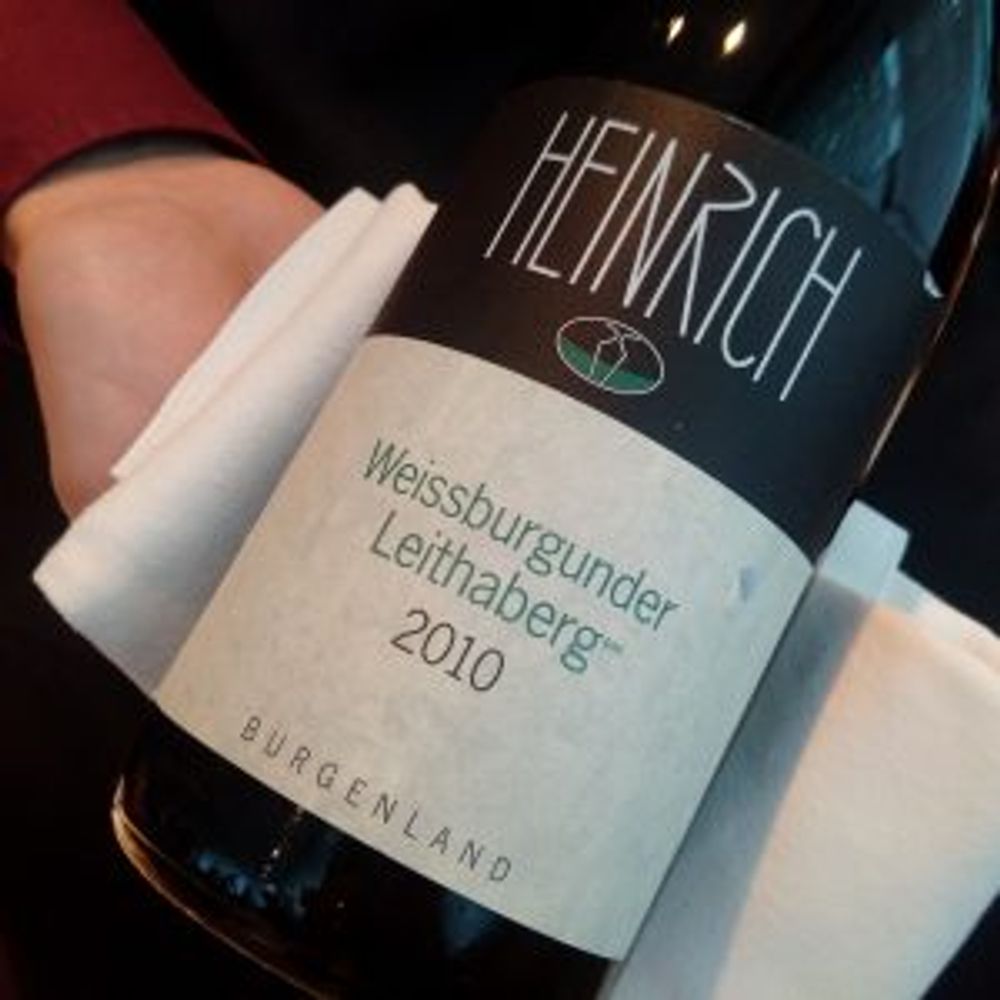
Winemaker Martin Lichtenberger says: “Due to its purity, Weissburgunder really reflects our region. It’s a pristine variety. Even when it ages, it retains a clear expression. It has lovely acidity and we never need to acidify, we have got cool winds from the forest at night. We can harvest grapes that are ripe but balanced with freshness.” Imported by Liberty.
Weingut Tinhof, Weissburgunder Golden Erd, Leithaberg, 2012
Erwin Tinhof explains that Weissburgunder was brought to northern Burgenland along with other Pinot varieties by Cistercian monks from Cîteaux in the 11th century.

“And it has stayed ever since because they already knew the conditions were perfect. Weissburgunder perfectly reflects soil. This parcel where the wine is from has been documented since 1579 as ‘golden earth’. We started vinifying the parcel separately in 2012. To let wine rather than oak speak, the wines are matured in 500-litre-barrels. Imported by Savage Selection.
Weingut Esterházy, Chardonnay, Leithaberg, 2015
Chardonnay grows everywhere in the world, so what makes Leithaberg Chardonnay different? Stefan Tscheppe, managing director at Esterházy replies: “It’s a completely different proposition: we respond to what our chalky vineyards give us: very fresh, almost austere Chardonnay. We underline that even more by avoiding malolactic fermentation and by ageing in 500-litre barrels of much more subtle Pfalz oak which gives texture but hardly any flavour. We know we need to do things differently,” he says about showcasing his wines’ natural brightness and acidity. Imported by Tanners.
Weingut Hans & Anita Nittnaus, Blaufränkisch, Leithaberg 2006
“Blaufränkisch is a fascinating variety that has strange parallels with both Syrah and Pinot Noir, but also its very own traits,” explains winemaker Martin Nittnaus. “It is a really late-ripening grape that always keeps its acidity and freshness and has incredibly silky tannins. It always has finesse.” He chose the 2006 vintage because it shows well right now and, in his estimation, is a “Younger vintage from a warmer year which is very approachable and feel-good right now.” Imported by Lea and Sandeman.
Weingut Wagentristl, Blaufränkisch, Leithaberg 2010
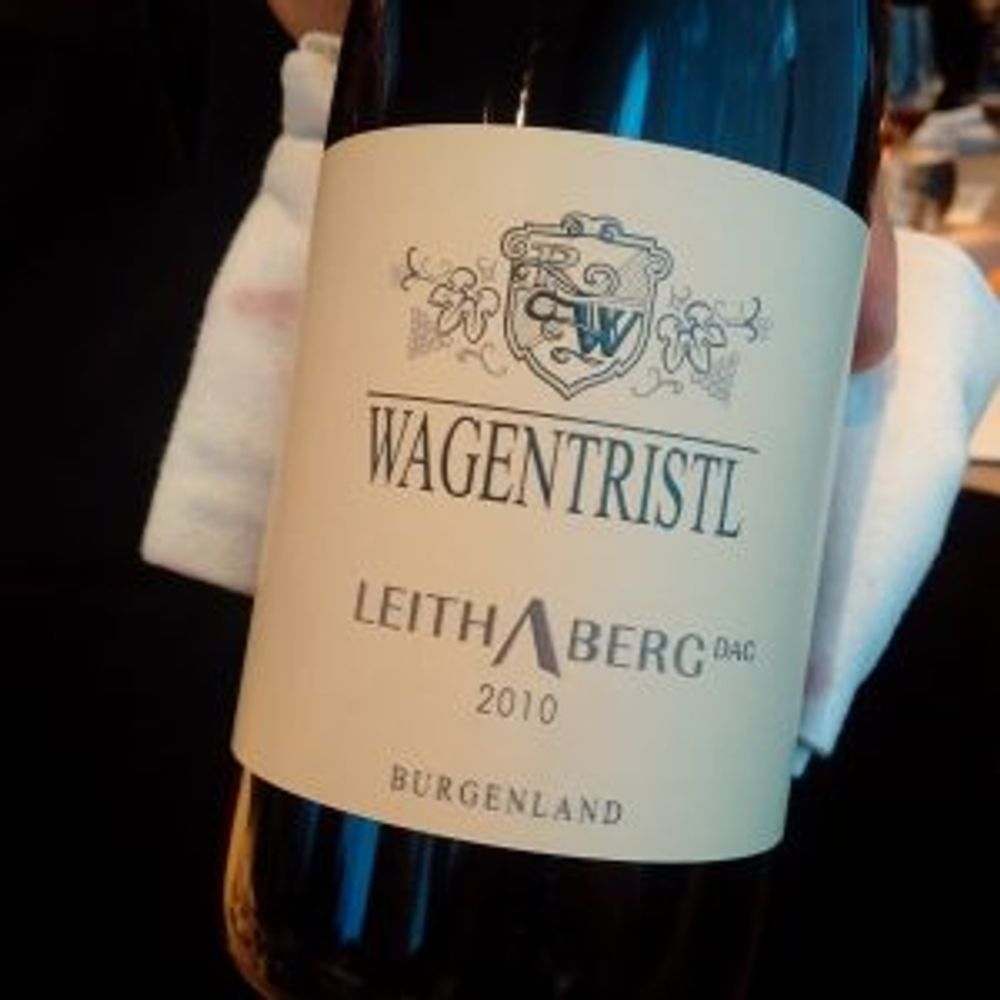
“Even when the grapes are very ripe, they still have inherent freshness,” says winemaker Rudi Wagentristl. “Few varieties have such a fine acidic structure; the tannins are silky and juicy and Blaufränkisch never overwhelms the food.” His 2010 vintage, from 90% chalk soils and 10% slate soils, aged mostly in 2000-litre barrels and some used barriques, was one of the standouts of the tasting, peppery and totally vibrant. This winery is seeking representation.
Weingut Altenburger, Gritschenberg Blaufränkisch, Leithaberg 2008
This super-fresh single-vineyard wine comes from a site with very high active chalk content, gently sloping from about 150 metres. “We always have more length and a very particular texture from this vineyard,” says winemaker Markus Altenburger. He also remarks on the wine’s incredible pepperiness, a hallmark of fine Blaufränkisch: “There also is this savouriness and spice. Blaufränkisch never is a fruit bomb, that’s why it performs so well at the table.” Imported by Newcomer Wines.
